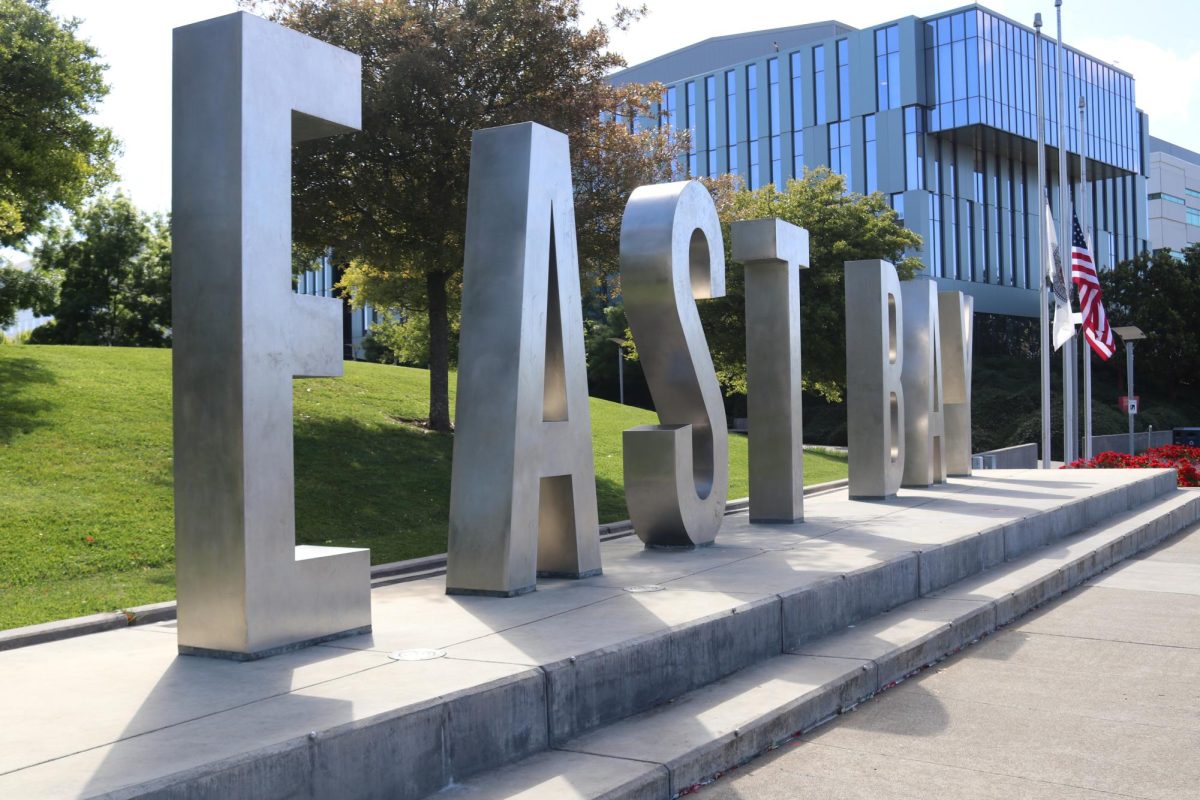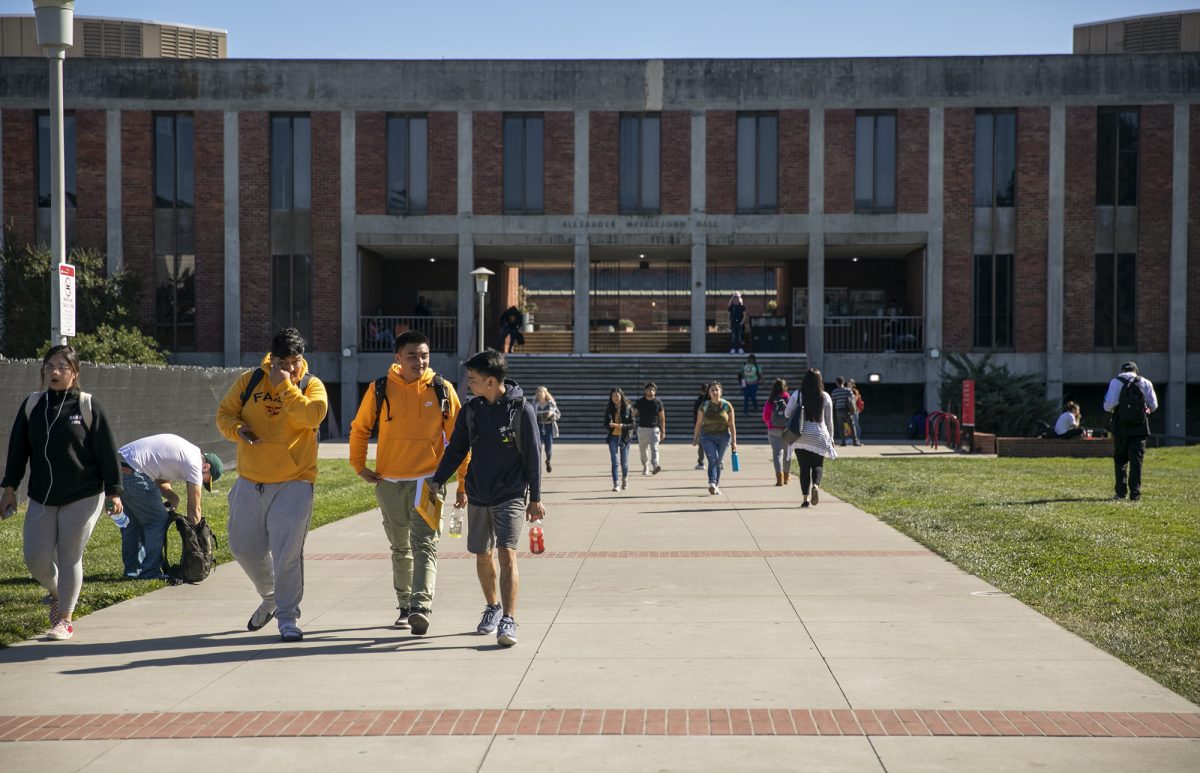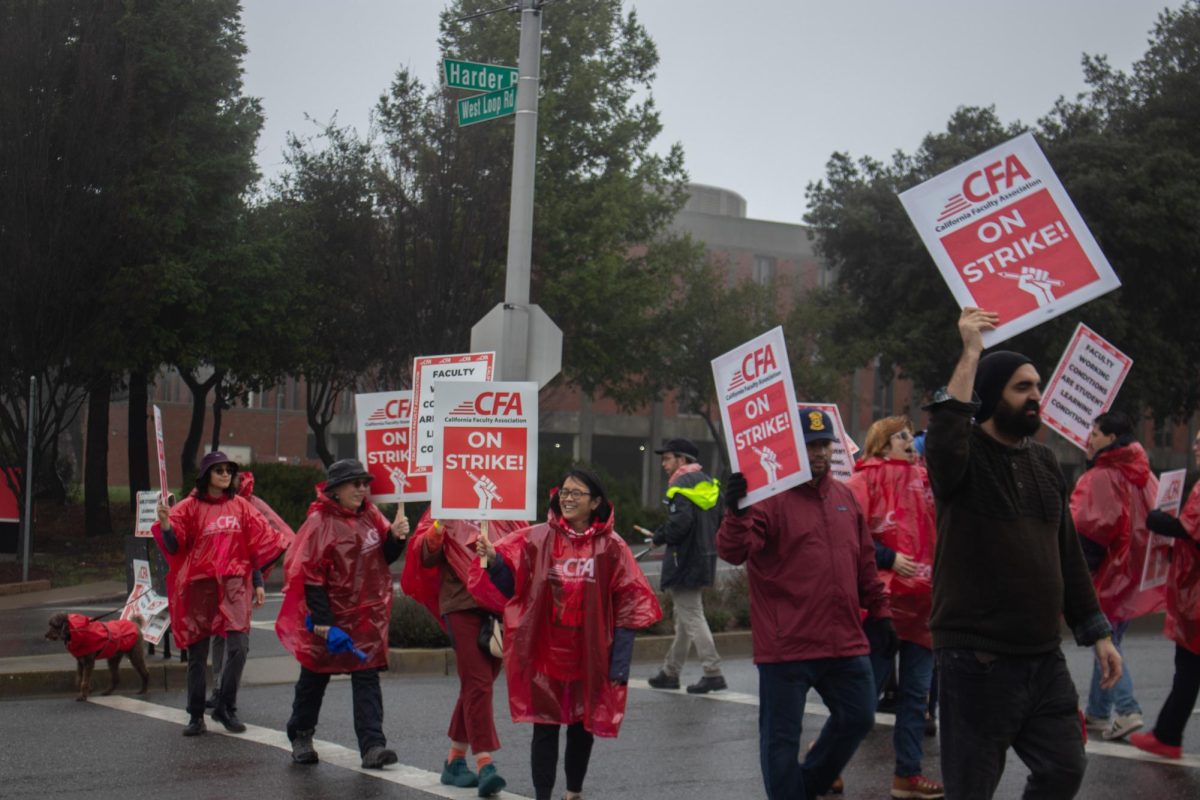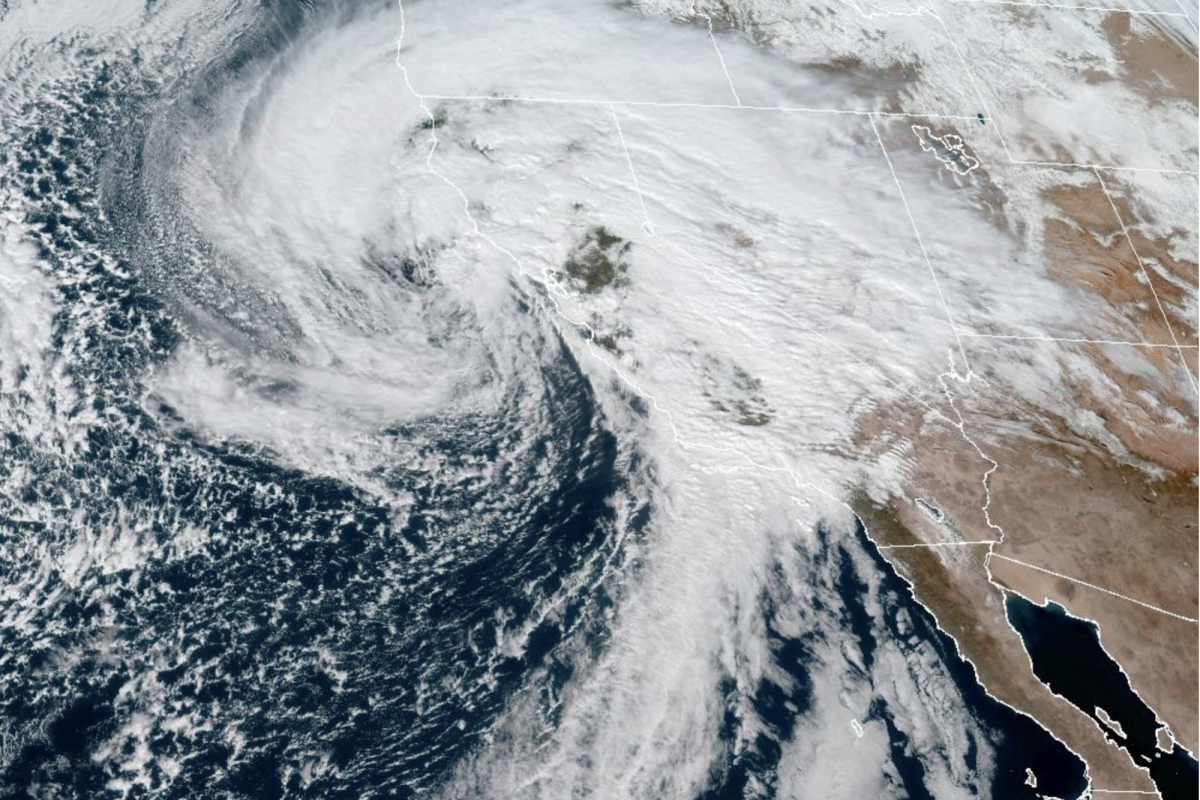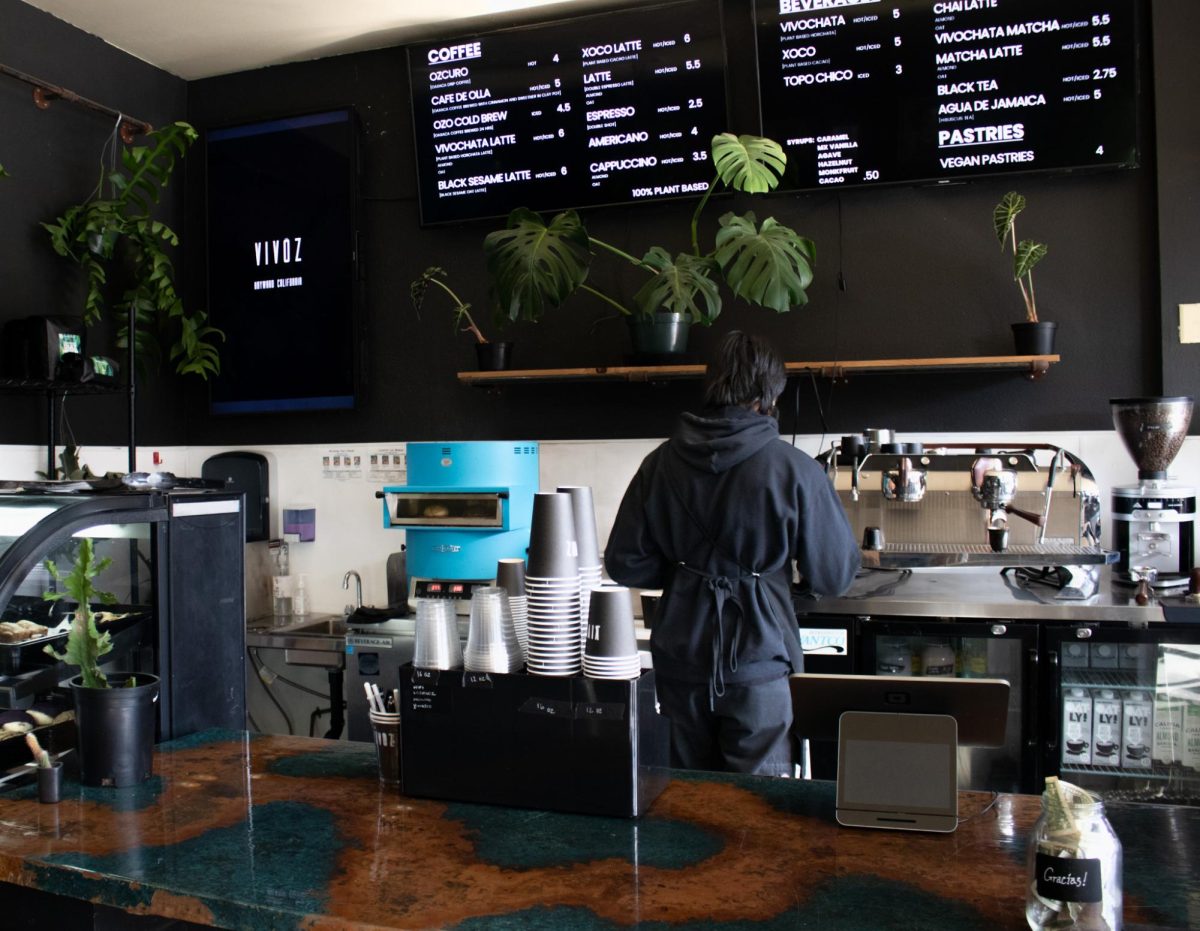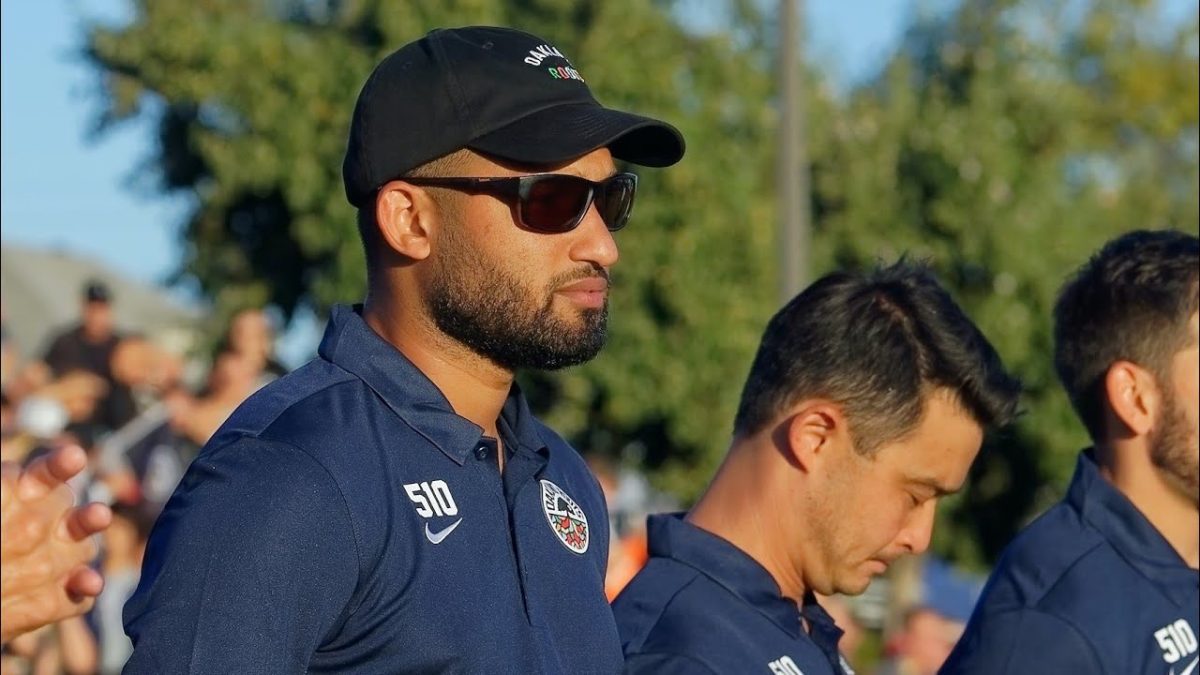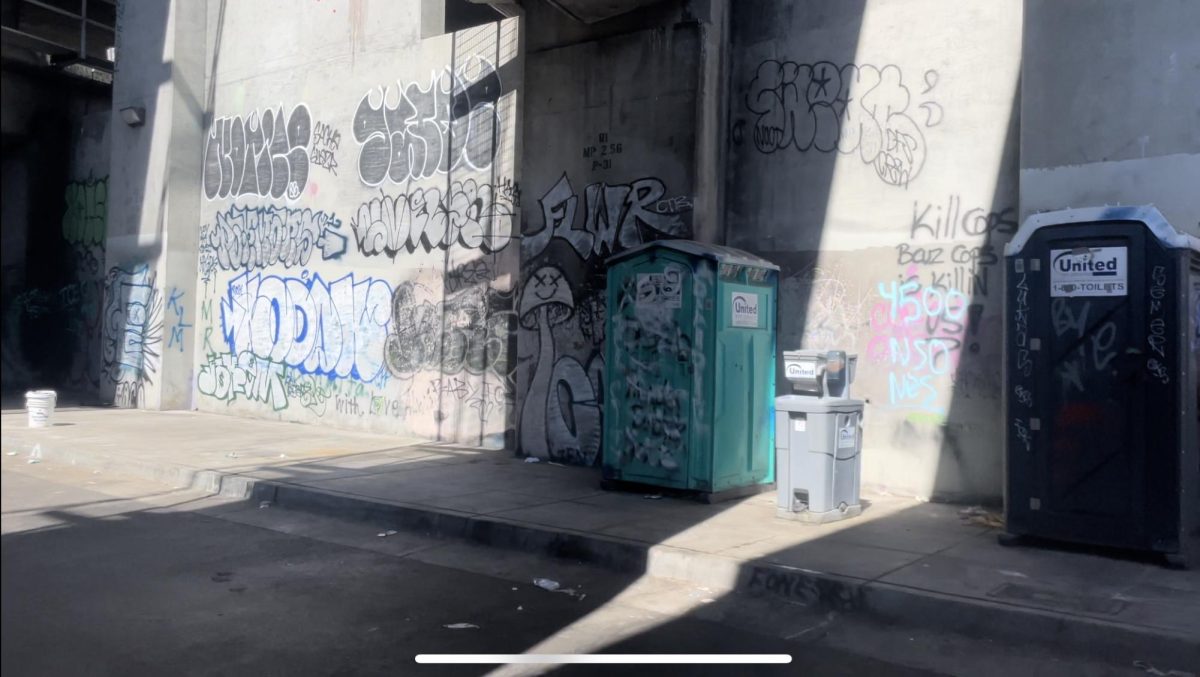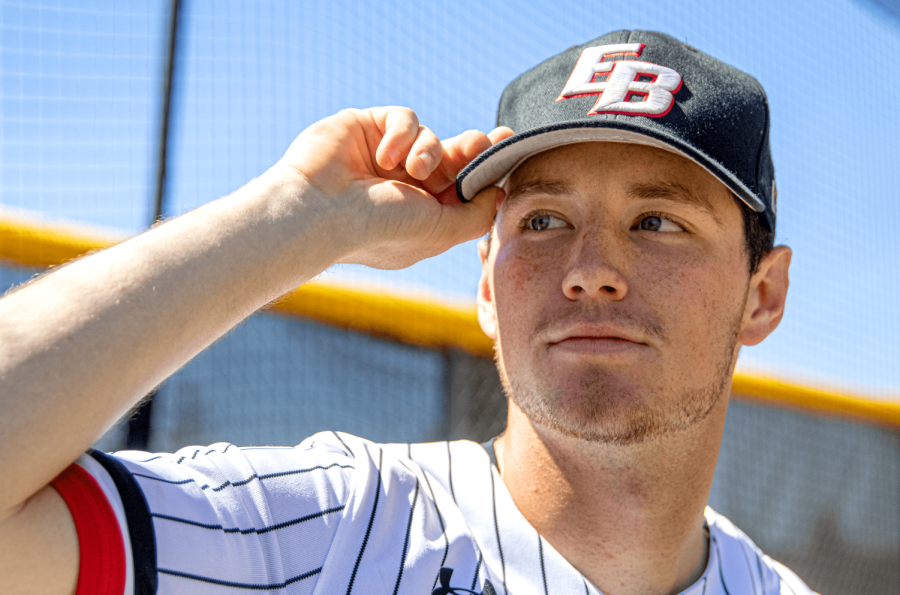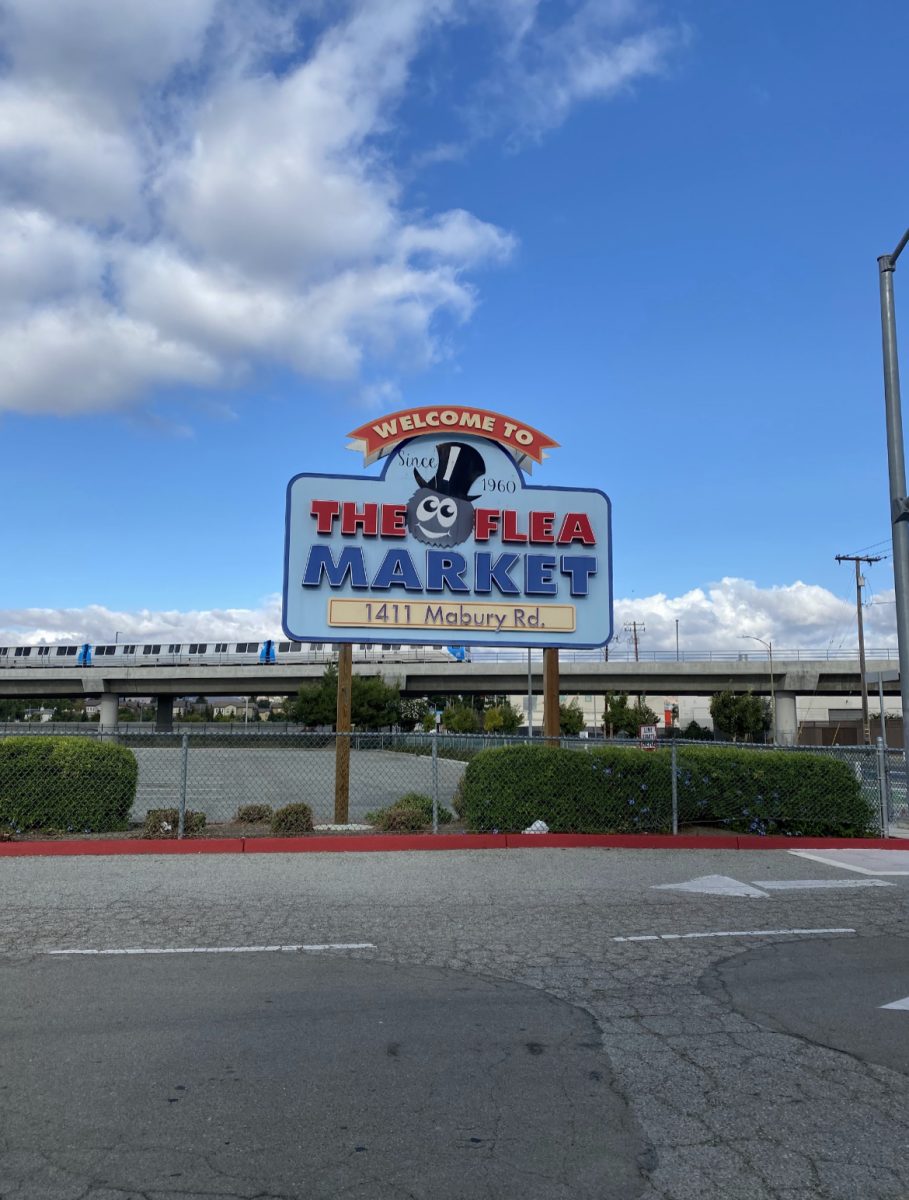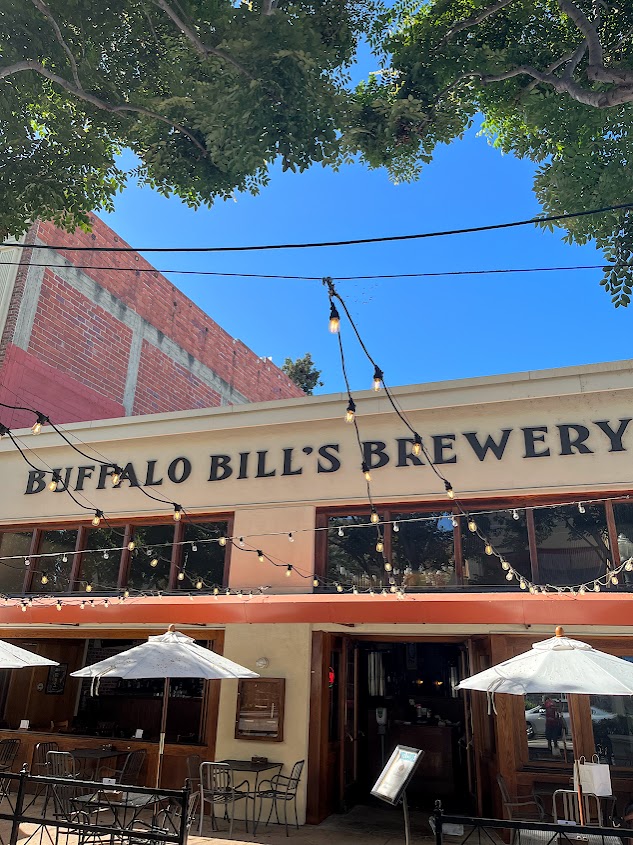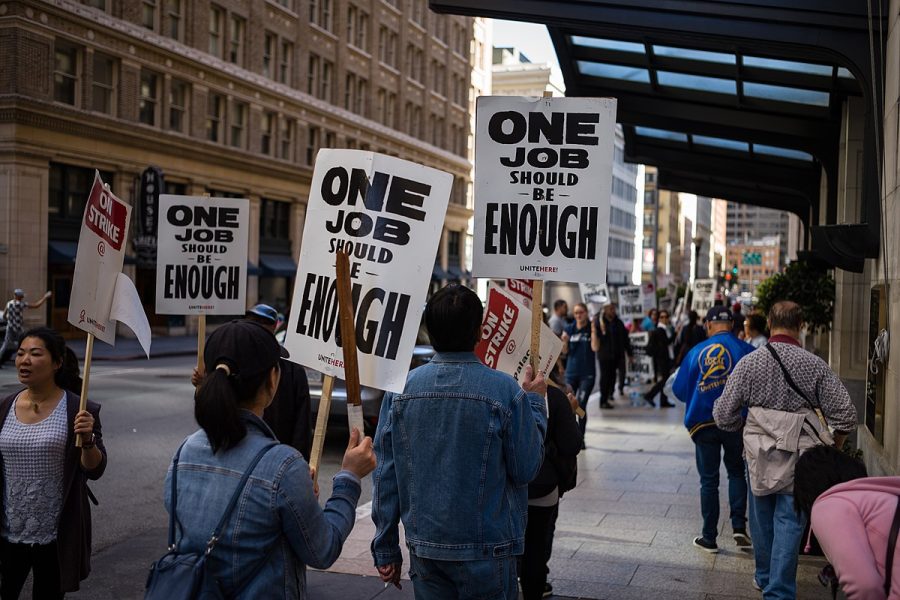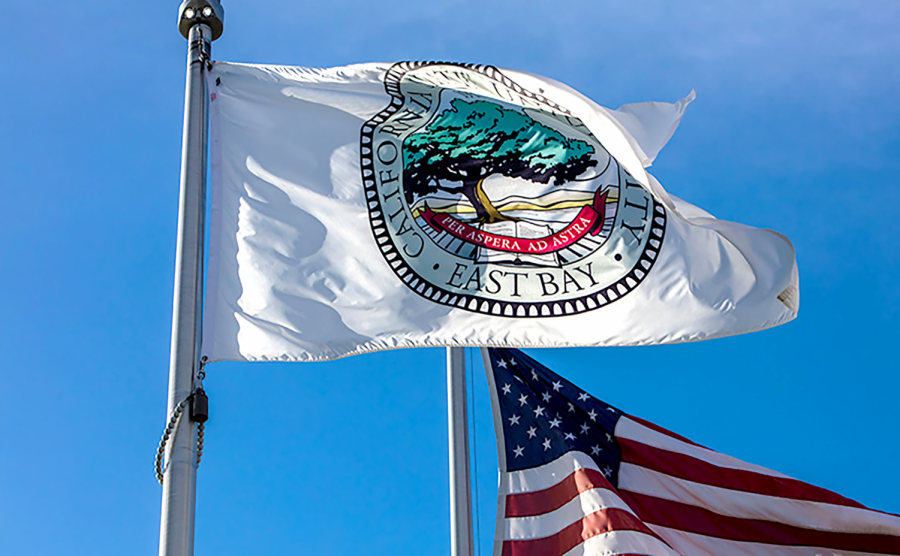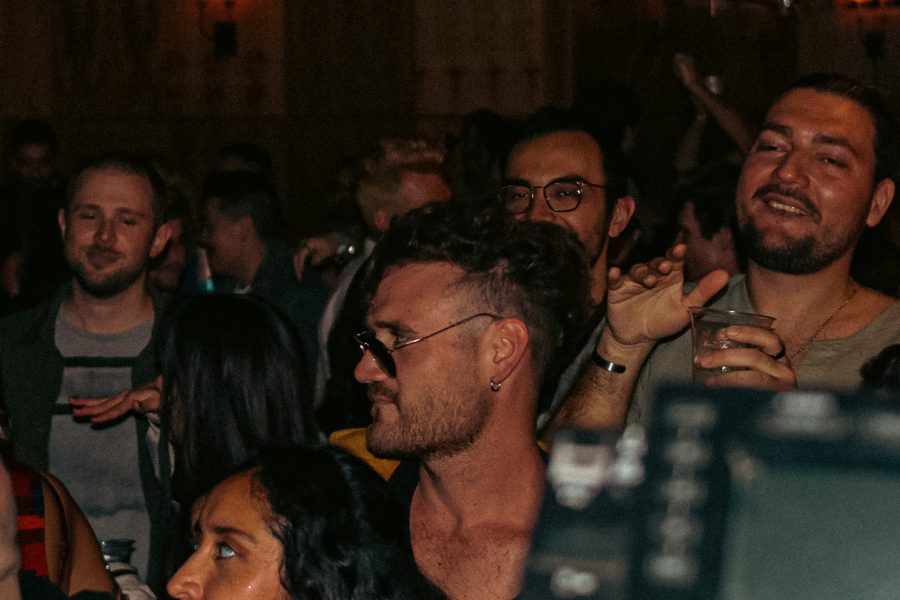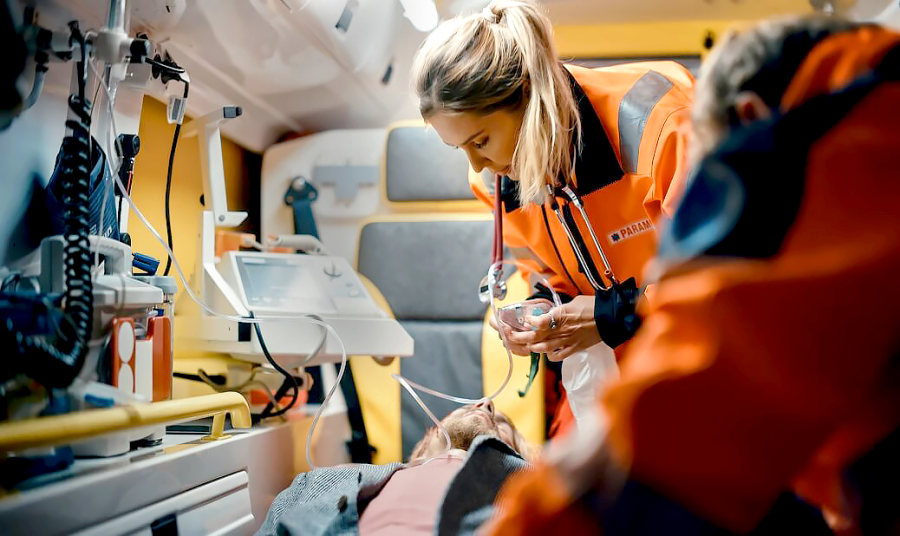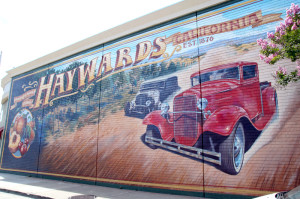
Originally started as an anti-graffiti tool, the City of Hayward’s Art Mural program has flourished into a citywide beautification effort that has produced a gradual transformation of utility boxes, sound walls, underpasses and business properties from targets for tagging into canvases for creativity.
The mural program started in 2009 when unofficial number crunching showed tens of thousands of dollars being spent by the city annually to help clean up and paint over graffiti that was covering various parts of the city, especially utility boxes on public street corners. Huge amounts of paid and volunteer labor were poured into the attempts to keep the city free of tagging.
Stacey Bristow, the neighborhood partnership manager for Hayward, says after being inspired by a painted utility box she saw in another community, the city took up the cause of figuring out a plan to help stop graffiti.
“That was sort of the point of the whole program,” says Bristow, explaining that tagging was becoming much too expensive for the city. “Utility boxes are sort of notorious for being tagged with a variety of different types of tags, sometimes gang related, sometimes not.”
Bristow says the areas that were receiving chronic tagging were forcing maintenance crews to clean and repaint some areas almost daily. Since the program started, there has been a significant drop of tagging in the areas that have been artistically painted.
The program has been funded without the use of general fund money, meaning no tax dollars are being spent to help beautify the city, an added benefit says Bristow. Much of the funding has been from Hayward’s former redevelopment agency, enterprise funds, and federal money like the Block Community Development Grant.
Bristow says they are on the lookout for more applicable grants and funds all the time, and they hope to avoid having to use any tax money in the future of the program.
The program also received some funding from the Bay Area Promise Neighborhoods Grant, which has allowed for the planning of several murals to be put up in various areas throughout the Jackson Triangle, the poorest region in Hayward.
“There are other benefits. We create local jobs for local artists, create partnerships, and work with the youth,” says Bristow. She explained artists who are commissioned to head up a project in an area will work with community, school and art program leaders to involve kids of various ages in the process, which she says will help teach them about respect and pride in their neighborhoods and communities. Artists are also encouraged to buy their supplies locally, and Bristow says that cycle of spending in the community is a positive thing.
Suzanne Gayle, a local artist who has lived in Hayward for nearly eight years and who has participated in several of the projects for the city including murals and utility boxes, says the graffiti artists generally leave her work alone once it is completed.
“I think for the most part, any graffiti artists who are artists or who aspire to be artists respect other people’s art,” she said.
The program flows between a consortium of departments in the city, never actually having its own board of directors or even an official committee. Bristow says the lack of a board may help them expedite projects and funds fairly quickly, but it has its pros and cons.
“It’s a very successful program,” said Bristow. “Now, could a board or commission help it be more successful? Quite possibly, I don’t know since we don’t have it. As things develop we’ll see how it goes.”
Even with a relatively speedy process, the artwork chosen goes through many layers of voting and community approval before it is put up.
Board or no board, the program has been successful enough to make it a model for other cities to emulate. Bristow led a nationwide webinar on some of the basic modules they have been following, as well as hosted an in-house training for various jurisdictions in the region to come, ask questions and learn about the program. They were able to educate communities on how to get funding, pursue contracts, and how to protect the artists’ interests as well as the neighborhoods they serve.
The Art Mural program garnered Hayward the Helen Putnam Award for Excellence from the League of California Cities in 2011.
The program not only covers utility boxes, sound walls and underpasses, but even businesses whose property has experienced heavy tagging in the past. The city will work with a business owner to pay up front for the artwork, and the business owner is only responsible for subsequent cleaning and maintenance, made easier by preventative steps from the city’s end.
The individual projects are coated with a sealant that acts as an anti-graffiti layer, making graffiti paint easier to remove if a box is tagged, and it doubles as a UV shield, protecting the integrity of the painting for years.
“So, our mural, we were interested in it reflecting the history of the area, particularly the orchard and agricultural history, because along Foothill Boulevard where our building is located, that all used to be orchards,” said Myron Freedman, executive director of the Hayward Area Historical Society, which has a mural painted on the side of their building.
“I think it’s a great addition to the city because it gives a sense of vitality, of creativity, of interest in the arts and culture, and a celebration of the different groups that live here,” said Freedman.
Freedman says since the completion of the mural in 2011, the wall featuring the artwork has not been tagged.
“It’s a reminder to everybody that we have an identity, and its one to be proud of, and you can celebrate it as you drive through the city,” said Freedman.
Gayle enjoys the city’s ability to choose various artists that keep things from getting stale where artwork is being commissioned.
“Its good for the city, because all of the artists are different in their styles and techniques, and even in the designs, so what you see is very diverse,” said Gayle. “Therefore, people really enjoy it, and never get tired of seeing it because its not like one artist doing everything.”
The program utilizes community reaction, online commentary, and talking with local artists to decide what will go up next and where. So far, the program has several vast murals, all of which depict various scenes including historical Hayward, landmarks, animals and plant life, and Latin heritage.
“There’s something for everyone in all the different projects,” said Gayle.
Bristow echoed that sentiment. “They’re all wonderfully different. I think that’s part of the beauty of it all,” she said.






